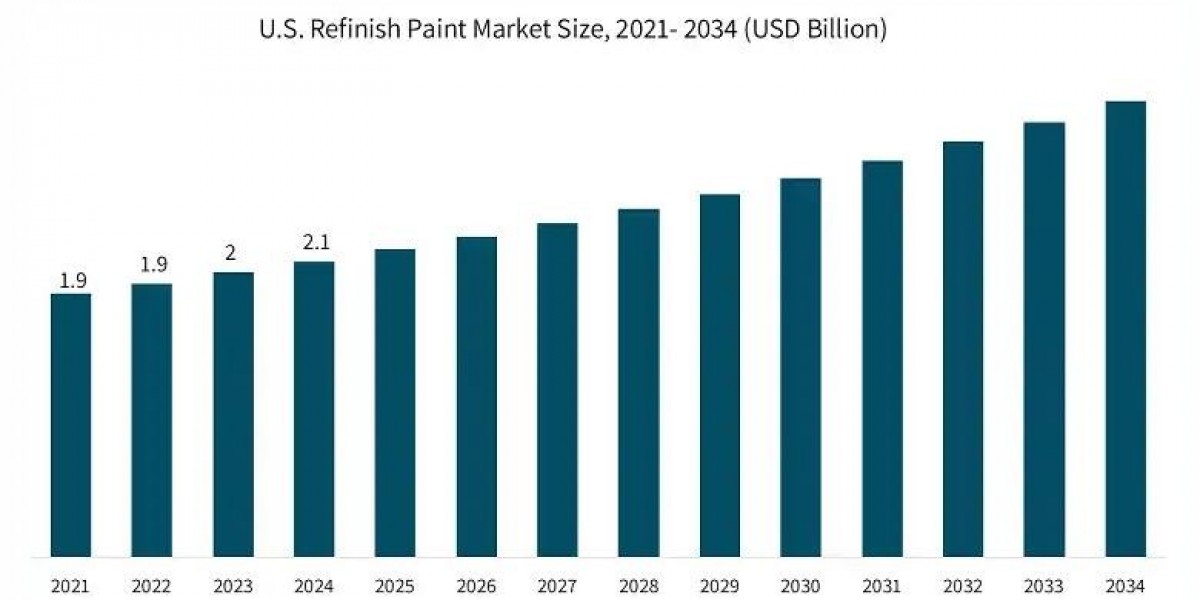The field of neuroscience is evolving rapidly, and with it, the way researchers and professionals collaborate. Traditional conferences often carry geographical, financial, and accessibility barriers that limit participation. Neuromatch has redefined this landscape by building a digital-first ecosystem where researchers, students, and professionals from around the globe can exchange ideas, access knowledge, and form meaningful collaborations.
Unlike conventional platforms, Neuromatch combines neuroscience and artificial intelligence with a mission to make high-quality scientific interaction accessible to all. Whether you are an early-career researcher or an established scientist, Neuromatch provides the tools, events, and mentorship necessary to thrive in the fast-changing world of brain science.
What is Neuromatch?
Neuromatch is a global nonprofit initiative designed to make neuroscience inclusive, accessible, and collaborative. It began as an online conference during the global lockdowns, but quickly grew into a movement spanning workshops, mentoring, summer schools, and machine learning tutorials.
Key features of Neuromatch include:
Global accessibility: Virtual-first model ensures anyone with an internet connection can participate.
Interdisciplinary scope: Blending neuroscience with machine learning and data science.
Community-driven: Built by researchers for researchers, with an emphasis on openness and diversity.
Through its initiatives, Neuromatch lowers barriers for entry while enabling a deeper exchange of scientific ideas.
Why Neuromatch Stands Out
Traditional academic conferences often exclude talented voices due to cost, travel, or visa restrictions. Neuromatch’s model addresses these issues directly.
Scalable Participation
Thousands of participants can attend simultaneously without physical limitations. This makes it one of the most democratized neuroscience platforms in the world.AI-Powered Networking
One of Neuromatch’s most innovative features is its use of algorithms to match participants with similar research interests. Instead of leaving networking to chance, AI ensures that meaningful scientific conversations happen at scale.Inclusive Mentorship
Early-career neuroscientists often struggle to find mentors. Neuromatch connects them directly with experts, ensuring personalized guidance in research methods, publishing strategies, and career development.
Neuromatch Conference: A New Model of Scientific Gathering
Neuromatch Conference (NMC) was the starting point of this global movement. Unlike traditional conferences where poster sessions often feel overwhelming and disconnected, Neuromatch uses a digital format that prioritizes interaction and visibility.
Poster sessions become interactive: Participants can share posters online and engage with peers in real time.
Talks and keynotes are globally accessible: Recordings and live sessions are available to anyone regardless of time zone.
Networking is intentional: AI-powered matching ensures that participants meet the right collaborators instead of relying on random hallway encounters.
This structure makes conferences more productive and less intimidating, especially for first-time presenters.
Neuromatch Academy: Learning Without Boundaries
One of the most impactful programs under the Neuromatch umbrella is Neuromatch Academy (NMA). It focuses on teaching computational neuroscience and deep learning in a hands-on, project-based format.
Highlights of NMA include:
Small-group mentorship: Students work in teams guided by expert mentors.
Global classrooms: Participants from over 100 countries learn together, fostering cross-cultural collaboration.
Applied learning: Instead of passive lectures, students apply methods directly to real data.
For students who may not have access to top-tier labs or advanced coursework in their home institutions, NMA serves as a bridge to cutting-edge neuroscience.
The Role of AI in Neuromatch
Neuromatch integrates artificial intelligence not just in its organizational design, but also in its educational and research initiatives.
Smart matchmaking: Algorithms recommend collaborators, making networking precise and effective.
Curriculum design: Courses incorporate machine learning fundamentals tailored for neuroscience applications.
Future-focused research: Neuromatch introduces students to how AI is shaping fields like brain-computer interfaces, computational psychiatry, and digital twin models of the brain.
This approach prepares the next generation of neuroscientists to thrive at the intersection of biology and computation.
Benefits for Researchers and Students
Cost-Effective Participation
Since events are online, expenses tied to travel, accommodation, and visas are eliminated. This opens the door for participants from underrepresented regions.Global Networking Opportunities
Students and professionals gain exposure to mentors and collaborators they might never meet at regional conferences.Skill Development
Through workshops and the Academy, participants gain not just theoretical understanding but also practical skills in coding, modeling, and data analysis.Career Acceleration
Presenting research in a global platform and connecting with mentors accelerates visibility and credibility in the academic community.
The Growing Neuromatch Community
Neuromatch isn’t just about conferences or summer schools—it’s about building a long-term community. Its Slack channels, online forums, and recurring workshops keep participants engaged throughout the year.
Peer-to-peer learning: Members share resources, discuss methods, and solve problems collaboratively.
Open access: Recordings and resources remain available long after events conclude, helping learners revisit material.
Diversity of voices: By lowering barriers, Neuromatch has amplified voices from regions traditionally underrepresented in neuroscience, including Africa, South Asia, and Latin America.
Challenges Neuromatch is Solving
Barrier of cost: Traditional conferences often cost thousands of dollars. Neuromatch provides affordable or free access.
Barrier of geography: Researchers no longer need visas, flights, or hotels to share their work.
Barrier of mentorship: With structured mentorship programs, guidance becomes accessible for all.
Barrier of technology: Neuromatch integrates tools like Zoom, Slack, and AI matchmaking to streamline participation.
The Future of Neuromatch
As neuroscience becomes increasingly data-driven, Neuromatch will continue to expand its role at the intersection of AI and brain science. Future possibilities include:
Scaling mentorship networks with AI-driven personalization.
Expanding into new disciplines such as computational psychiatry and cognitive robotics.
Collaborations with universities and labs to co-develop open-access resources.
Hybrid conference models blending in-person hubs with global virtual participation.
By staying adaptive, Neuromatch is set to remain a leading voice in shaping the future of neuroscience collaboration.
Conclusion
Neuromatch has transformed how neuroscience communities connect, learn, and grow. From online conferences and mentorship programs to hands-on academies, it has proven that science can be collaborative, inclusive, and global. For students looking to build their careers, or for researchers aiming to share their work with the widest audience, Neuromatch provides a powerful platform.
In an era where accessibility and interdisciplinary collaboration are critical, Neuromatch is not just a digital conference series—it is a blueprint for the future of scientific engagement.








